Fifty-seven paintings by the 16th century artist are from Thursday magnified and projected onto walls inside the Palazzo delle Esposizioni, where 3D images explore their composition and the dramatic use of chiaroscuro, the contrast between light and dark.
From the “Martyrdom of St Matthew” to the depiction of the youthful wine god “Bacchus”, the exhibition is intended as a “full sensory experience”, according to The Fake Factory, the video design company behind the project.
Visitors to the show can watch each painting broken down into the smallest detail, the performance accompanied by a specially composed soundtrack and smells from Florence's historic Santa Maria Novella perfumery.
Studies of works like “Judith Beheading Holofernes” have revealed Caravaggio's painstaking adjustments – in this case slightly moving the partly-severed head from the body – and the exhibition uses outline sketches to explore form.
“It's a theatrical staging of his work”, the installation's designer and the founder of the Florentine outfit Stefano Fomasi told AFP, saying the goal was to involve people “in a sort of collective rite by immersion in the art”.
The hope is tourists will feel as if they are present at the scenes depicted in the paintings, “becoming protagonists of the works”, and notice elements they would not have spotted by visiting a traditional exhibition.
'Snakes, blood and elegance'
Thanks to 33 high-definition projectors, the snakes in the artist's “Medusa” appear to slither across the floor as the painting moves, the mythological monster's horrified gaze amplified, her blood splattered widely across the walls.
As well as playing on the main themes in the Milan-born painter's works – light, theatricality, naturalism and violence – the exhibition, which runs until July 3rd, is “an almost-scientific experience”, said Claudio Strinati, art historian and consultant on the project.
Fomasi said the huge projections “are to help people discover Caravaggio, understand how he used characters, the way he used light, the way he painted.”
“You get to see details that you could not see with the naked eye, thanks to this technology.”
The show revels in rebellious Caravaggio – famous for having angered patrons with “vulgar” depictions of religious scenes, from painting saints with dirty legs to using prostitutes as muses – but celebrates his grace as well.
The aim had been to transform the neoclassical exhibition space in the Italian capital's historic centre into a enormous, stark white canvas which would represent the light to the artist's darkness, Fomasi said.
“We wanted to replicate the elegance that Caravaggio has, the elegance of his painting, in the elegance of the space, which is very white, very bright,” he said.
After Rome, the “Caravaggio Experience” will travel to Naples, before heading to foreign exhibition halls next year.

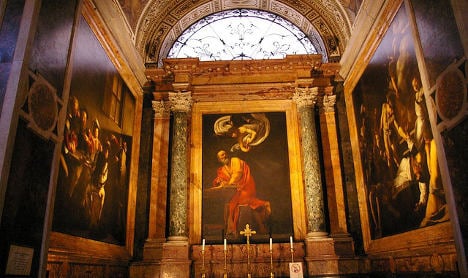

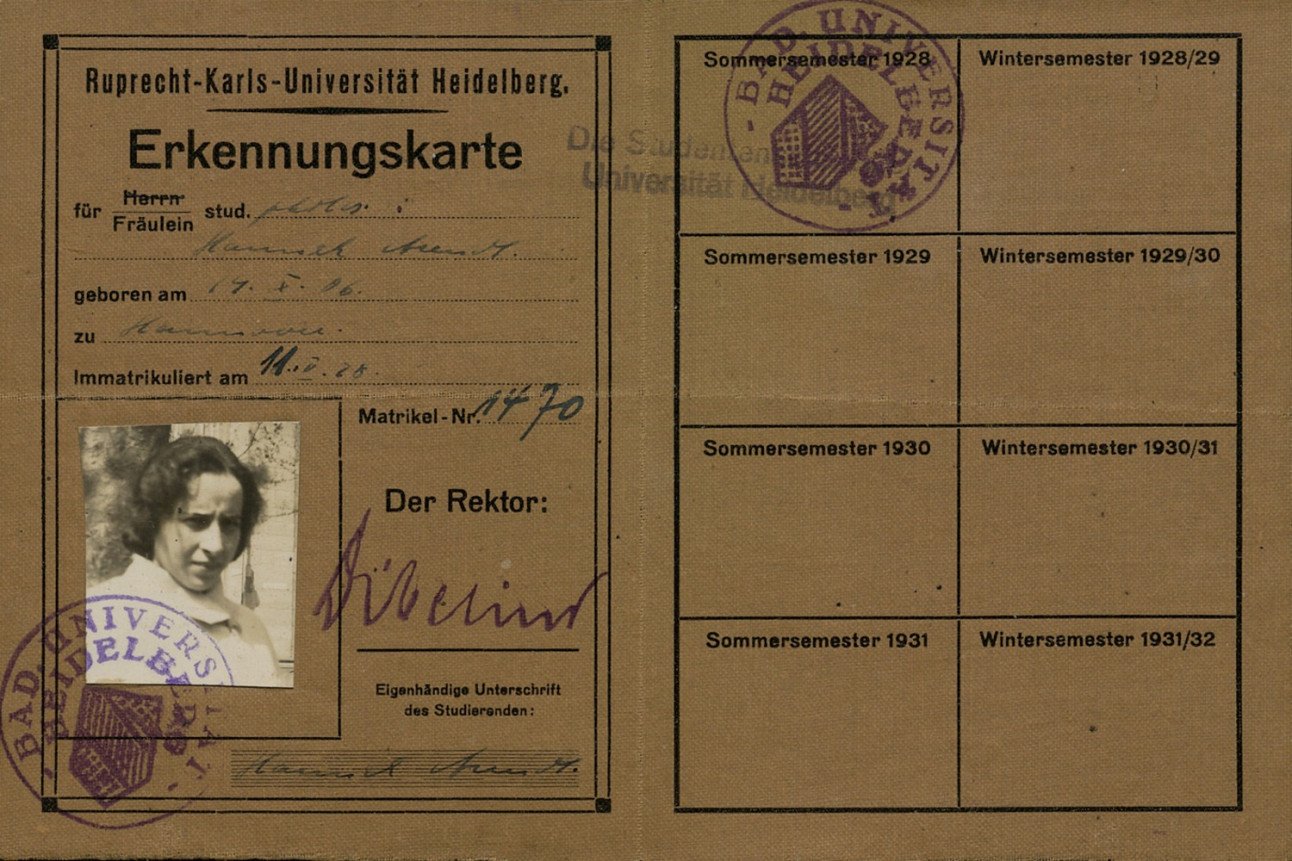
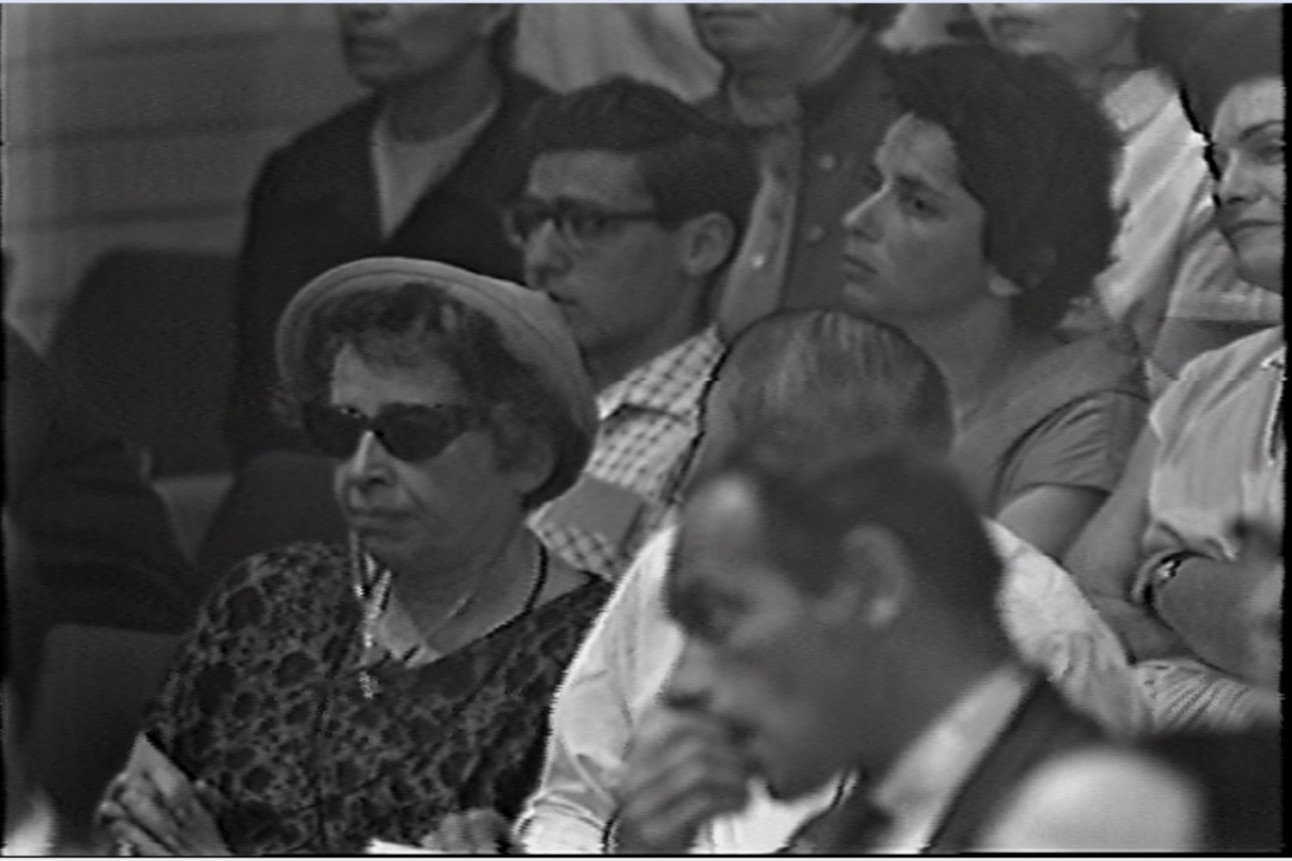
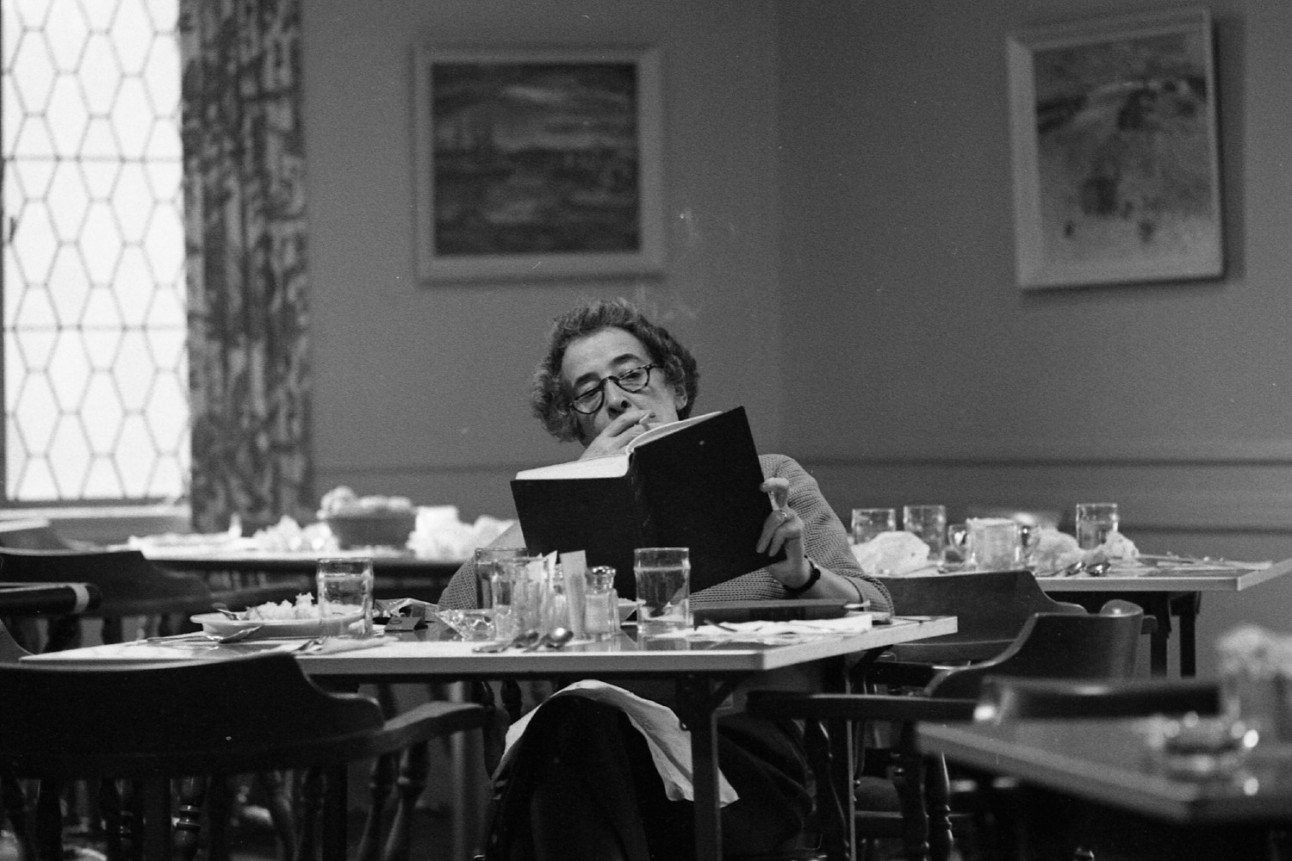
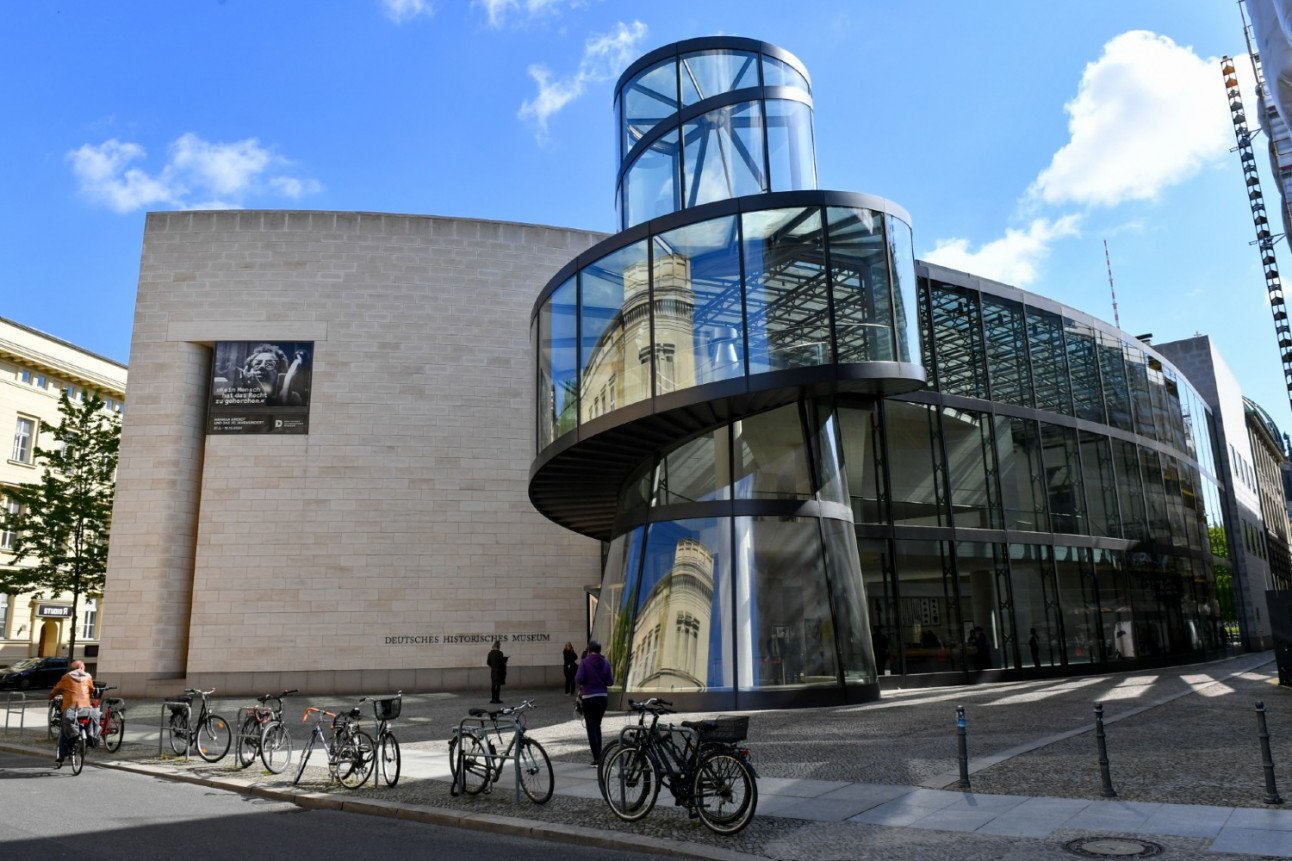
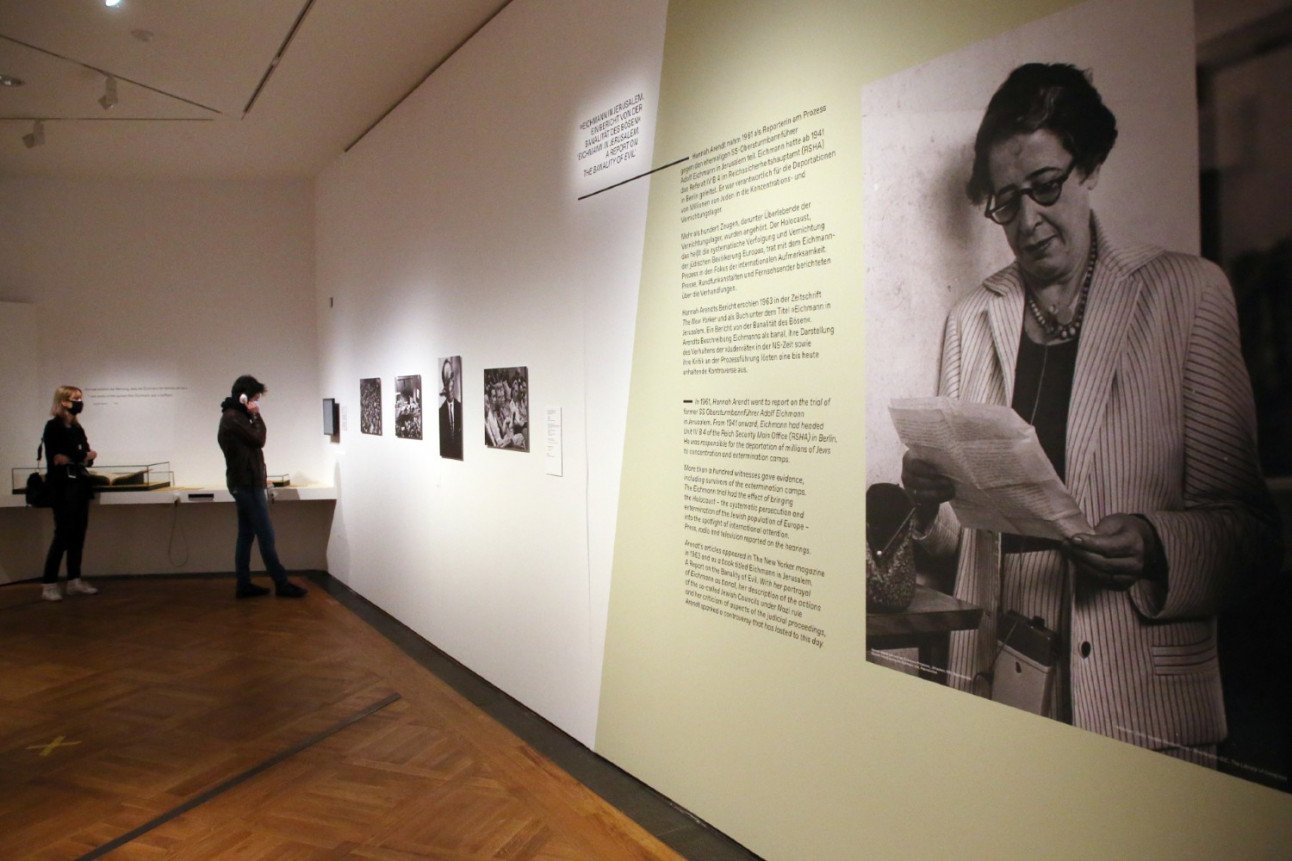
 Please whitelist us to continue reading.
Please whitelist us to continue reading.
Member comments